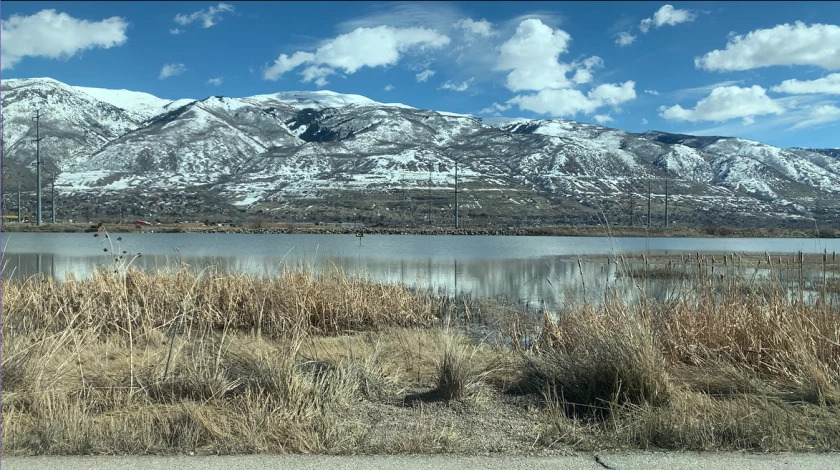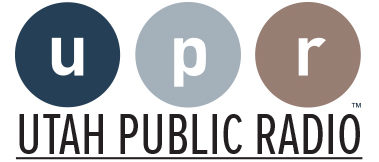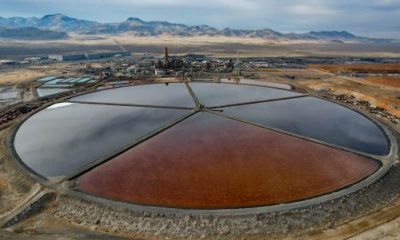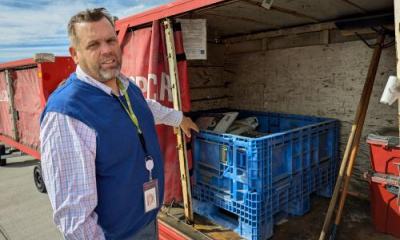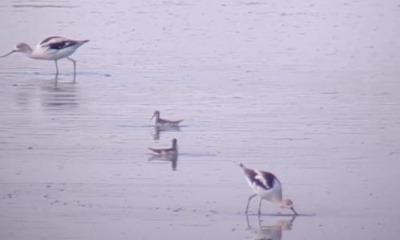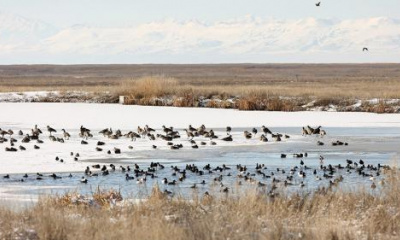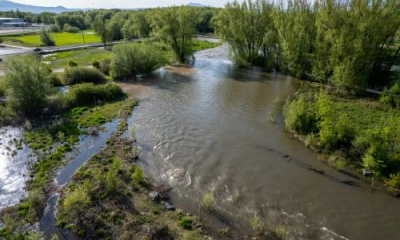The wetlands of Great Salt Lake host 12 million birds — over 300 different species — every year as they migrate along the Pacific Flyway.
“It’s kind of like a gas station on a road trip for birds,” said Ashley Kijowski, a biologist with the Utah Division of Wildlife Resources at the Farmington Bay Wildlife Management Area.
“It’s kind of an oasis in the desert along the Pacific Flyway. There are about 350,000 acres of wetlands on the lake, and about 60% of those are managed for birds," Kijowski said.
She said visiting parts of Great Salt Lake, like the Farmington Bay Wildlife Management Area, is a great way to understand how important Great Salt Lake is to Utah’s ecosystems.
“I think it’s important for people to come out; maybe they can learn about the birds to connect them to the wetlands of Great Salt Lake,” she said.
Hayley Pace also works for the Utah DWR. She said more and more birds will be arriving at Great Salt Lake in the coming weeks.
“About this time of year is when you’re going to see the bulk of that. We have lots of species of ducks and geese, the swans, and then just a lot of other species of songbirds and whatnot,” said Pace.
Kijowski said Great Salt Lake’s wetlands are a critical stop for birds to refuel on their migration.
“They come here and they fuel up, some of them will stay for a month, some of them maybe a couple of months," Kijowski said. "And then they make their way on the rest of their migration. So Great Salt Lake is an essential place for them to come and eat invertebrates and rest.”
She said keeping water in Great Salt Lake is essential for these wetland habitats. “Birds are a very big indicator species, meaning that if a bird population isn’t doing well, that’s and indication of the habitat condition."
Pace said she’s optimistic about the future of the lake. “I think that the future the Great Salt Lake is kind of promising at this point for the amount of attention it's getting, and we can only hope for the best. But I do think we should take it seriously and always do our part to conserve water.”
“I’m actually really hopeful about the lake. We’ve had a really great winter. I am a wildlife biologist, so I like to think a lot about wildlife and habitat," Kijowski said. "I’m a wildlife biologist, but as a regular citizen, seeing all of the positive changes happening within our legislature, and all the bills being passes for water, it makes me super hopeful that we’re going to figure it out."
Our snowpack has started to melt, adding much-needed water to Great Salt Lake, but the lake still needs several more years of heavy rain and snowfall to get back to a healthy, sustainable level. Ensuring its long-term health will require more forward momentum from everyone — the legislature, residents and stakeholders.

